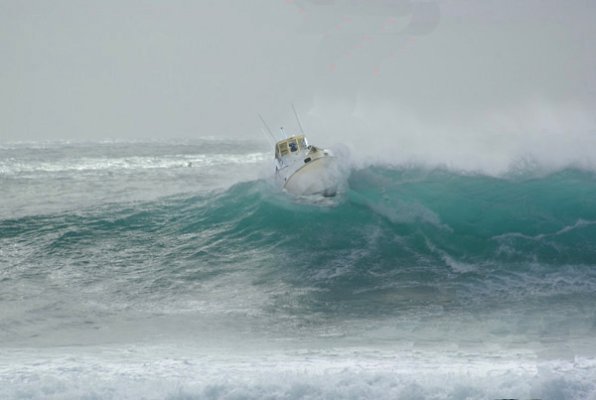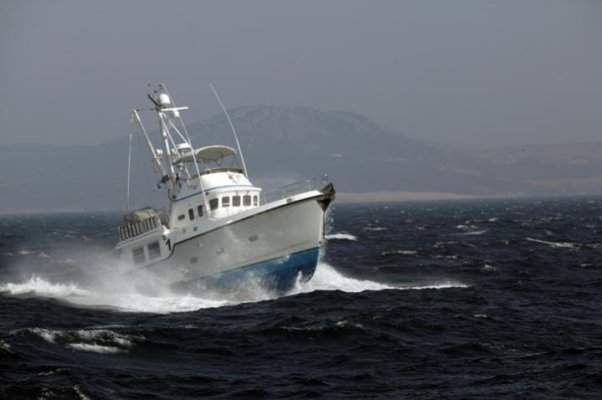Rustybarge
Guru
Not wanting to sound too much like a smart ass, (it's the Prosecco talking), but if I wanted to run a ferry service between New Zealand and Tonga, the Dashew is the perfect boat.
Ok I see that.
I'll keep out in mind when I decide to start a new career.
In the meantime, I prefer a boat that I can live on, won't sink under seasonal conditions plus a few standard deviations and I can afford to maintain and put fuel in her.
That simple list reduced to the kadey Krogen.
And as for wx forecasts, as I've said many times, I'm not depending on the accuracy of a wx fcst to wash the car, let alone anything else.
I like your common sense approach, and you've got the experience to prove it.
I hate to be harbinger of bad news, but.......
The Dashew designs are based on a sailboat hull design. I'm totally ignorant about sailboats, thank God, but I do know this: a sailboat is designed to pitch 'UP' over a wave so that the hull does not get stopped, rather than cut through the waves like a powered motorboat.
So....
sailboat designs pitch a lot in rough weather.
Here's the proof, this video shows the Dashew doing just that:
http://youtu.be/tXINH9rDHqg
I'm with Wxx3 on this: it's a motorboat hull form for me every time!
Last edited:






 or like Dashew : multi points harness
or like Dashew : multi points harness